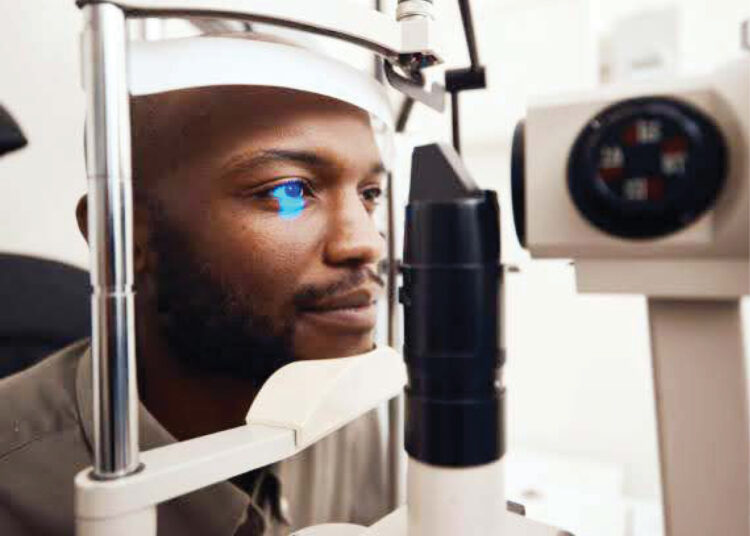Glaucoma is a leading cause of irreversible blindness globally, often called the “silent thief of sight.” January, recognised as National Glaucoma Awareness Month, provides an important opportunity to raise awareness about this condition that affects millions of people worldwide. Despite being a major cause of blindness, many individuals remain unaware of the risks glaucoma presents or the preventive measures they can take to safeguard their vision.
This awareness month highlights the importance of prioritising eye health and educating ourselves and others about glaucoma. Gaining a better understanding of the condition is key to early detection, prevention, and supporting those living with its impact. Let’s explore what glaucoma is, who it affects, and how we can unite to protect vision for years to come.
What Is Glaucoma?
Glaucoma is not a single disease but a group of eye conditions that damage the optic nerve, the part of the eye responsible for transmitting visual information from the retina to the brain. This damage is often caused by increased pressure inside the eye, known as intraocular pressure (IOP), but it can also occur with normal eye pressure.
The optic nerve is essential for clear vision, and when it becomes damaged, it can lead to gradual and irreversible vision loss. In many cases, glaucoma develops silently and without noticeable symptoms in its early stages, earning it the nickname “the silent thief of sight.” which is vital for clear vision. This damage is often linked to high pressure in the eye (intraocular pressure), though glaucoma can occur even with normal eye pressure. If left untreated, it can lead to blindness.
Types Of Glaucoma
Primary Open-angle Glaucoma
The most common type, this develops slowly over time without pain or noticeable symptoms.
Angle-closure Glaucoma
Less common but more severe, this type can cause sudden symptoms such as eye pain, nausea, and blurred vision, requiring immediate medical attention.
Normal-tension Glaucoma
Damage occurs despite normal eye pressure, highlighting the importance of regular eye exams to detect subtle changes.
Congenital Glaucoma
This rare type affects infants and young children due to developmental issues in the eye.
Risk Factors
While anyone can develop glaucoma, certain groups are at higher risk:
People over 60 years old
African Americans, who are more likely to develop glaucoma at a younger age
Those with a family history of glaucoma
Individuals with diabetes, high blood pressure, or other chronic conditions
The Importance Of Early Detection
The key to managing glaucoma is catching it early. Regular comprehensive eye exams, including a test to measure eye pressure (tonometry), are crucial. Eye exams can detect changes in your vision and optic nerve that may go unnoticed in daily life.
Treatment And Management
While there’s no cure for glaucoma, treatments can slow or prevent further vision loss. Options include:
Medications: Eye drops to lower intraocular pressure.
Laser Treatment: To improve fluid drainage from the eye.
Surgery: In advanced cases to create a new drainage pathway.
Protecting Your Vision
Get Regular Eye Exams
Adults over 40 should have eye exams every 1–2 years, or as recommended by their eye doctor.
Know Your Family History
If glaucoma runs in your family, share this information with your doctor.
Practice Healthy Habits
A balanced diet, regular exercise, and managing chronic conditions like diabetes can support overall eye health.
Protect Your Eyes
Wear protective eyewear to prevent injuries that could contribute to glaucoma ris





